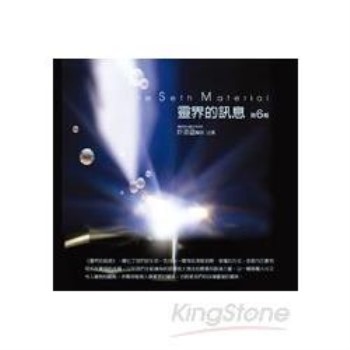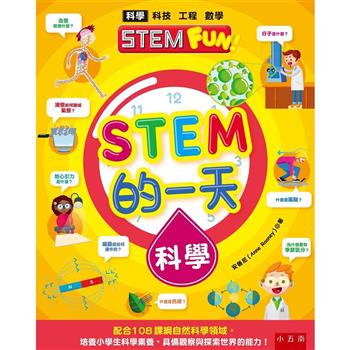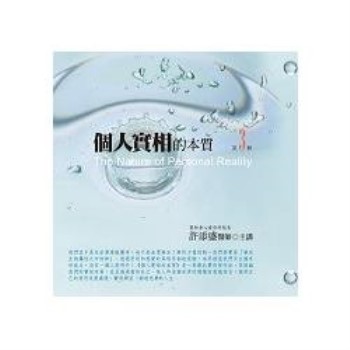Professional management in health care is very much dependent on the model of health that is assumed by healthcare providers. The current model derives from a chemical/mechanical view of the patient body. Simply put: we are healthy if all of our mechanical parts are working properly and if all of the chemicals in our body are in the right proportions and have the appropriate reactions. This view is based on philosophical accounts of the body that go back to Paracelsus, Bacon, Descartes and others. It became the central basis of medical practice only in the late 19th Century after several hundred years of research and professional politics.
The success of the chemical/mechanical model has been so great that the social and relational aspects of health have been largely ignored. Yet we know that people require the resources not only of (mechanical) exercise and proper nutrition (chemical) in order to develop into healthy adults; they also need loving relationships, good friends and a viable social context. A growing movement has emerged that includes philosophers who recognize the Cartesian error, physicians and nurses who are searching for a more humane healthcare management, and patients and families who feel the need for a better understanding of the social and relational aspects of their health.
The Chemical/Mechanical Patient traces the intellectual development of the chemical/mechanical model of the patient and its implementation and the provides a sound and readily understandable philosophical and historical basis for this new and growing movement towards a social/relational model of health. This book names the problem and prepares us to respond to the exaggerated place of the chemical mechanical model in our society. It provides a historical and conceptual background and explains how the chemical/mechanical model of health gained such a strong hold over our thinking and took the place of the earlier Galenic humoral model. It sketches a promising outline of a more humanized model for understanding health and calls for help to fully articulate it. In that way, it joins a growing movement to go beyond our current chemical/mechanical orientation.

 看圖書介紹
看圖書介紹










